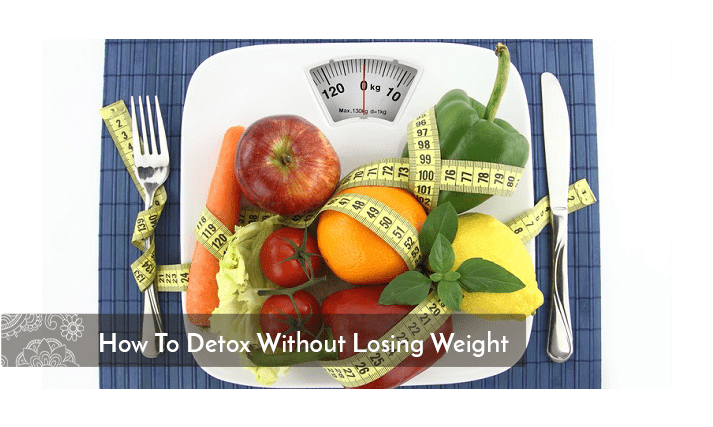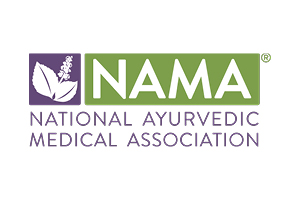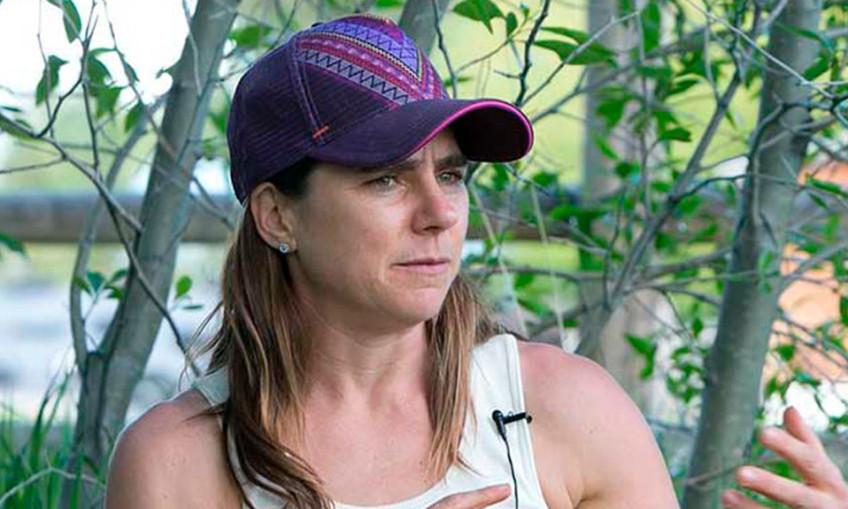Evolving your diet with your Yoga…. for teachers and students

In this podcast Cate Stillman and Natalie Horscroft delve into:
- How the path of yoga evolves your physiology…
- How to navigate the change skillfully with Ayurveda…
- Identifying the best foods that make your yoga easy (sukha)…
Do you know about your changing physiology?
When we practice yoga, especially in good alignment, which most modern systems have incorporated, we begin to open and uncover our subtle physiology, or energy body. Foods that didn’t bother us before become toxic. If we continue to eat those foods, we create confusion and work in your cells.
Furthermore, in this hectic day and age, many students come to class energetically depleted. They might also be overweight and want to work out hard. If we don’t teach the daily rhythms and balance as part of a yogic lifestyle, the practice they came for might further leave them more overwhelmed and depleted in their adrenals.
I have a bone to pick with yoga teachers trainings.
 In most modern yoga teacher trainings, we don’t educate our teachers about how yoga evolves our physiology. Sure, as teachers, we slowly figure it out. If we continue eating a Standard American Diet, our practice is difficult. As we eat lighter and closer to the Earth, the practice becomes Sukha, easy.
In most modern yoga teacher trainings, we don’t educate our teachers about how yoga evolves our physiology. Sure, as teachers, we slowly figure it out. If we continue eating a Standard American Diet, our practice is difficult. As we eat lighter and closer to the Earth, the practice becomes Sukha, easy.
Most of us aren’t trained in our yoga teacher trainings to practice and teach the Ayurvedic daily routine. And many of us who do practice it, don’t teach it as part of our yoga teachings. When we separate out the Ayurvedic daily routine, and the sattvic diet, upheld by yogis generation after generation for centuries, we make the path of Yoga confusing, and even dangerous to yoga students.
The Responsibility of Yoga Teachers
It’s time for the western yoga teacher to step up and lean into Ayurvedic wisdom. It’s not optional. It’s mandatory to helping our students off the mat to support what we’re teaching them on the mat. We don’t all need to become a practitioners, but the more the better. Most of us will be more effective as a super health conductor even if we don’t become an ayurvedic practitioner. But we need to learn and to practice on ourselves, and share our living wisdom with our students. Enough said.
Enjoy the podcast. Comment below – let’s start a squirmish.
Dina Charya by the king of Ayurveda in the West:
In case you don’t believe me, take the words of Dr. Vasant Lad, the first dude to establish an Ayurvedic Institute, or higher learning center for Ayurvedic students to become practitioners. Here is what he has to say about Dina Charya, or the daily rhythm:
“How you live your daily life is the key factor in determining your health and your quality of experience. It is also the factor over which you have the most control. You can’t control the weather or your genetic makeup, but what you do every day either builds up your health, vitality, and resistance to disease, or wears you down. Your moment-to-moment choices – what do eat, how much to eat, how to respond to others, weather to exercise or not, how late to stay up at night, and so on – play a major role in your mental and physical health.
But how you create your lifestyle, the rhythms of your daily living? Is it just pure habit, based on how your parents lived and howyou grew up?…. According to Ayurveda, you couldn’t do better thatn to strive to live your life in harmony with Mother Nature…. Living in accordance with nature and natural law means continually balancing our inner ecology by adjusting to our ever-changing environment.”
— Dr. Vasant Lad, from a chapter titled, “Ayurvedic Lifestyle: The Ultimate Preventative Medicine“, from a textbook we use in the Living Ayurveda Course:The Complete Book of Ayurvedic Home Remedies.

















Comments
No comments yet, be the first to comment